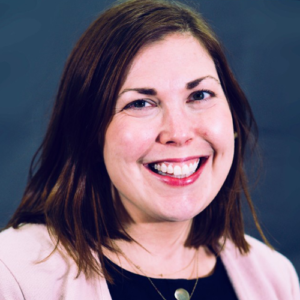Promoting a diverse clinical trial workforce is a key pillar of any effective effort to promote patient population diversity, Samit Hirawat, MD, chief medical officer for global drug development with Bristol Myers Squibb, told attendees of a July 27 webinar sponsored by The Conference Forum. “The workforce must be diverse, with sites located in areas where underserved populations live,” he said.
Calling improved patient diversity in clinical trials “a scientific imperative,” Hirawat said industry must also address historical mistrust from some patient populations and treat the issue as a matter of “health equity.”
However, successful efforts must also be patient focused, said Andrea Goodman, MSW, MPH, senior vice president of patient support and research strategy with the Colorectal Cancer Alliance. “First, we must acknowledge we don’t [currently] have a healthcare system for all, but we have a shared goal of doing better,” she said.
“We must acknowledge barriers,” agreed Kim Thiboldeaux, entrepreneur-in-residence with VOZ Advisors. Among other obstacles, clinical researchers must contend with patient mistrust as a result of historical abuses, flawed trial design, time and resource constraints, and religious, cultural, and language barriers impeding progress, she added.
“We need to hear from diverse voices [in clinical trials], not just one segment,” said Ellen Coleman, president and CEO of VOZ Advisors. Diversity in clinical trials “propels us toward greater creativity for the many, not the few,” she noted.
The role of clinical trials in closing health equity gaps cannot be overstated, said Bridgette R. McCullough, PhD, MSL, founder and CEO of ACIRAH. African Americans are dying in part because they are underrepresented in clinical trials, she said. “We have to create better health outcomes and drug efficacy [for this population] to extend African American lifespans” by doing a better job understanding how drugs interact “at the cellular level” with African American patients, she urged.
Author: Michael Causey



